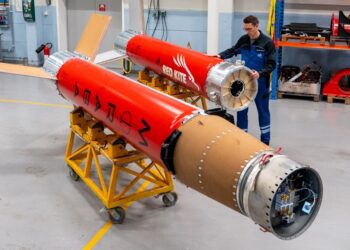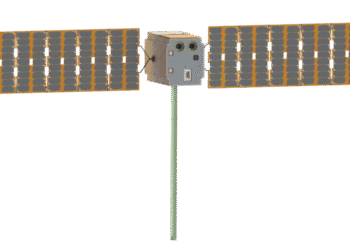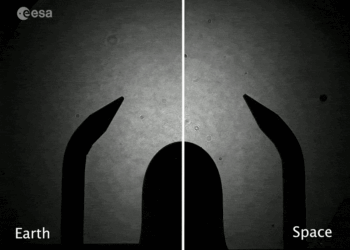The Interstellar Mapping and Acceleration Probe (IMAP) mission represents a significant collaborative effort in the field of space exploration. This mission is continuing to progress due to the strong international partnerships that have been developed. By harnessing expertise and resources from multiple countries, IMAP aims to provide new insights into the boundary region created by our solar wind and the interstellar medium.
Key Aspects of the IMAP Mission
One of the primary objectives of the IMAP mission is to understand how the heliosphere interacts with the interstellar environment. This boundary plays an essential role in protecting our solar system from cosmic radiation. Collaboration between different space agencies and research institutions has been crucial for the development of advanced instrumentation and methodologies required for this mission.
International Collaboration
The IMAP mission exemplifies the importance of international cooperation in space science. Key contributions have been made by various countries which include:
- Provision of advanced spacecraft technology.
- Development of sophisticated analytical tools.
- Contributions to the scientific expertise needed to interpret data collected from the mission.
Challenges and Achievements
Despite various challenges, including technical hurdles and coordination of global resources, the collaborative approach of the IMAP mission has led to several significant achievements. The shared knowledge and the pooling of resources have allowed for a more comprehensive exploration of space phenomena than would have been possible independently.
For more information on the IMAP mission and its progress through international collaboration, you can visit the source article.






















